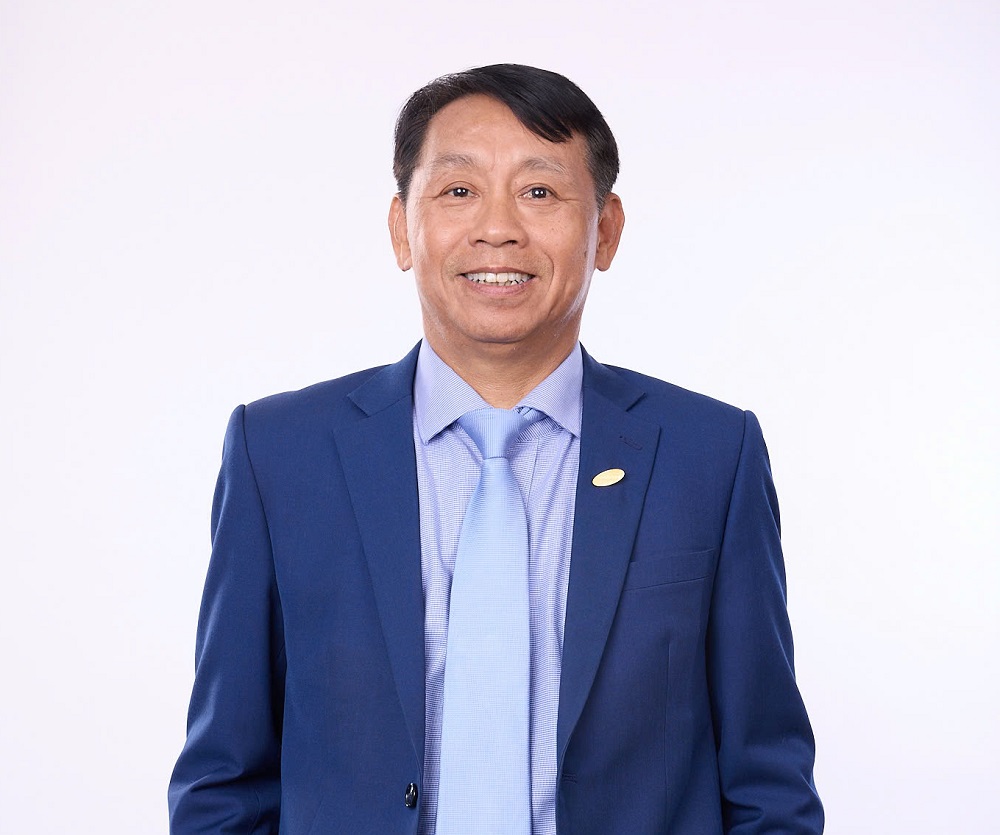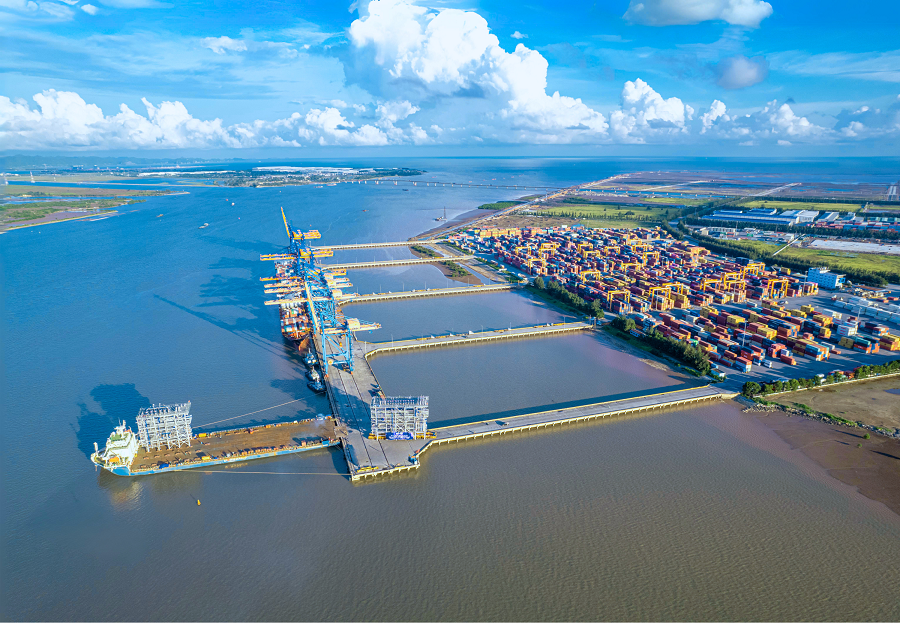Seaport - strategic driver for sustainable growth and regional connectivity
Mr. Pham Quoc Long, Chairman of the Vietnam Ship Agents, Brokers, and Maritime Service Providers Association (VISABA), and Vice Chairman of the Vietnam Shipowners' Association (VSA), stated that Hai Phong, a vital maritime gateway in Northern Vietnam, aspires to become a regional logistics hub.

Pham Quoc Long – Chairman of the Vietnam Ship Agents, Brokers and Maritime Service Providers Association (VISABA), Vice Chairman of the Vietnam Shipowners' Association (VSA)
- Sir, Hai Phong has long been known as the most important maritime gateway in Northern Vietnam. Could you share an overview and the growth rate of goods through Hai Phong port in recent years?
Hai Phong, a vital marine centre in Northern Vietnam, has a long history and is constantly being developed, upgraded, and modernised. In the last five years, cargo throughput at the Hai Phong port has increased dramatically, averaging 12-15% every year. Notably, after dredging the Ha Nam Canal to - 8.5m, domestic and intra-Asian cargo ships boosted their load capacity, increasing output per trip by about 20%.
Furthermore, the Lach Huyen deep-water port has marked a new era by allowing mother ships to go directly to the United States and Europe without the need for transshipment, saving time and costs on logistics. Hai Phong has demonstrated its important role in the reconfigured global supply chain, elevating Vietnam's position on the world marine map.
- In the trend of integration and reshaping the global supply chain, how do you assess the role of the Hai Phong port system?
Today, Hai Phong Port is more than just a gateway for imports and exports; it has become a "magnet" drawing foreign direct investment. Multinational firms are expanding their supply chains under the "China 1" strategy, which includes Hai Phong Port.
However, in order to maximise the advantages, we will not just focus on constructing deep-water ports but also on river ports, which remain the backbone of intra-Asian shipping and require extensive investment. Clearing the Ha Nam Canal to allow 60,000 DWT vessels to run safely in both directions is the bottleneck that must be solved in order to optimise the multimodal logistics chain while lowering costs and hazards. When ports develop in tandem, FDI will flow not only into manufacturing but also into logistics, warehousing, finance, and insurance, developing a whole economic ecosystem surrounding the ports.

Nam Đinh Vu Port
- Sustainable port development is an irreversible trend. What solutions have port enterprises implemented to meet this criterion, sir?
That is right! The terms "green port" and "smart port" are no longer merely aspirations; they are important initiatives. Many ports have led the way in investing in electric-powered equipment instead of diesel, providing shore power so ships may turn off their engines and tightly managing trash and wastewater.
Hai Phong Port uses technologies such as TOS, smart ports, and e-payment to automate, streamline, and minimise customs clearing processes. And don't forget about multimodal connectivity: only when the seaport is well-connected to highways, railways, and interior waterways will the complete logistics chain run properly.
- Can you share your opinion on building an integrated logistics ecosystem in the Hai Phong – Quang Ninh – Hai Duong economic triangle?
In my opinion, we should not only focus on establishing the port but also on developing an integrated logistics ecosystem that would transform the Hai Phong-Quang Ninh-Hai Duong economic triangle into a regional transshipment hub. Among these, the establishment of a Free Trade Zone (FTZ) in Hai Phong is a strategic advantage.
The "port-industry-logistics" model, such as the Nam Do Son deep-water port project, exemplifies this idea by shortening the export supply chain. The key remains close coordination among the partners - port firms, infrastructure developers, and industrial zones - to establish an integrated value chain and transform the region into ASEAN's top logistics hub.
- With the third APEC Business Advisory Council Meeting (ABAC III), what expectations and messages do you extend to international investors and Vietnamese businesses?
The ABAC III meeting in Hai Phong is an excellent chance for Vietnam to highlight its position and strong transition, particularly in Northern Vietnam. We anticipate that investors will not only look at the figures, but also personally experience the quickly rising infrastructure, human resources, and logistics ecosystem.
Vietnamese firms are committed to becoming a dependable partner by investing consistently in technology, sustainable development, and transparency to build long-term value with international investors. This is not only an opportunity for cooperation but also a chance for Vietnam to reaffirm its critical role in the global supply chain.
Respectfully, thank you!








